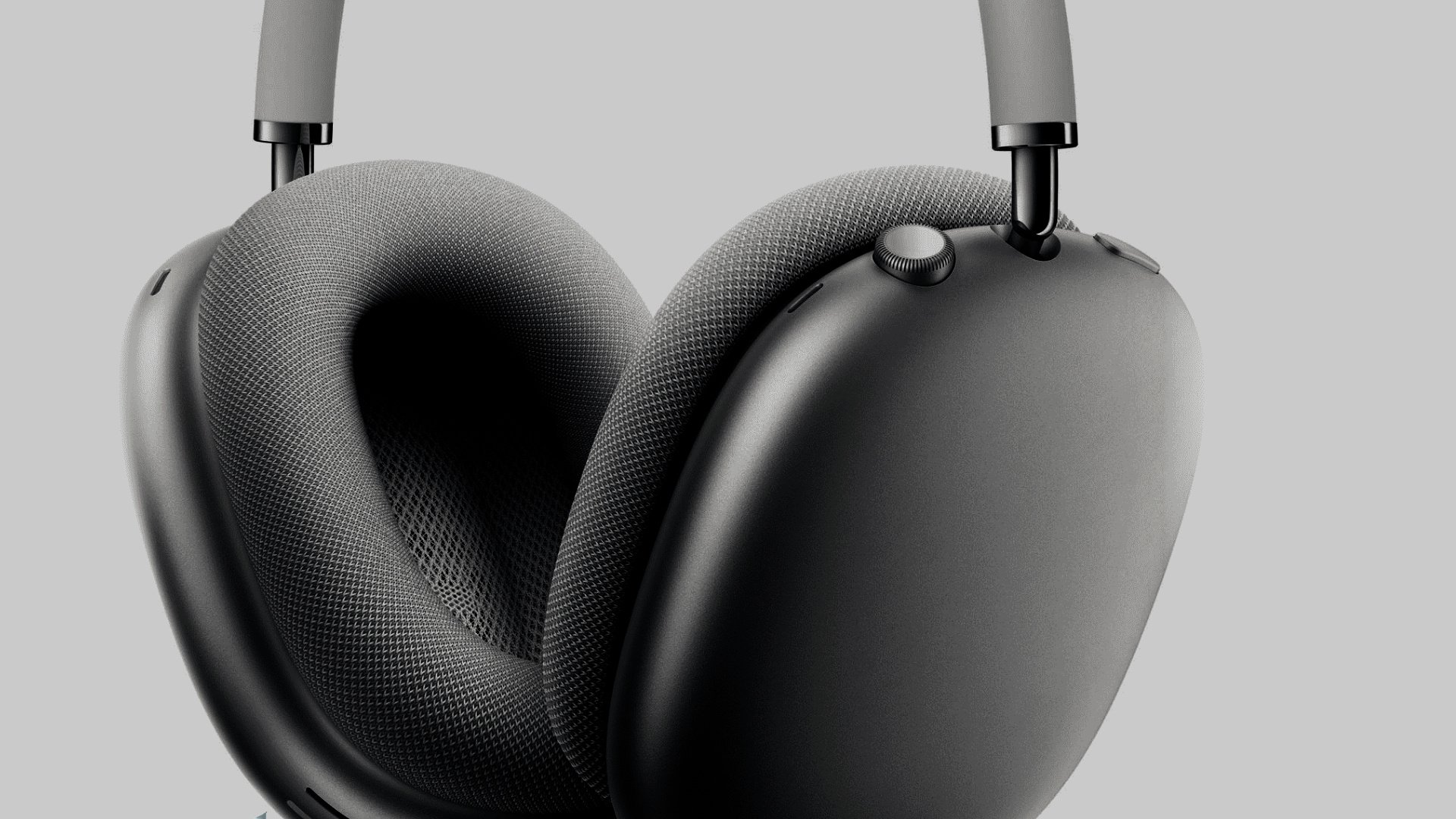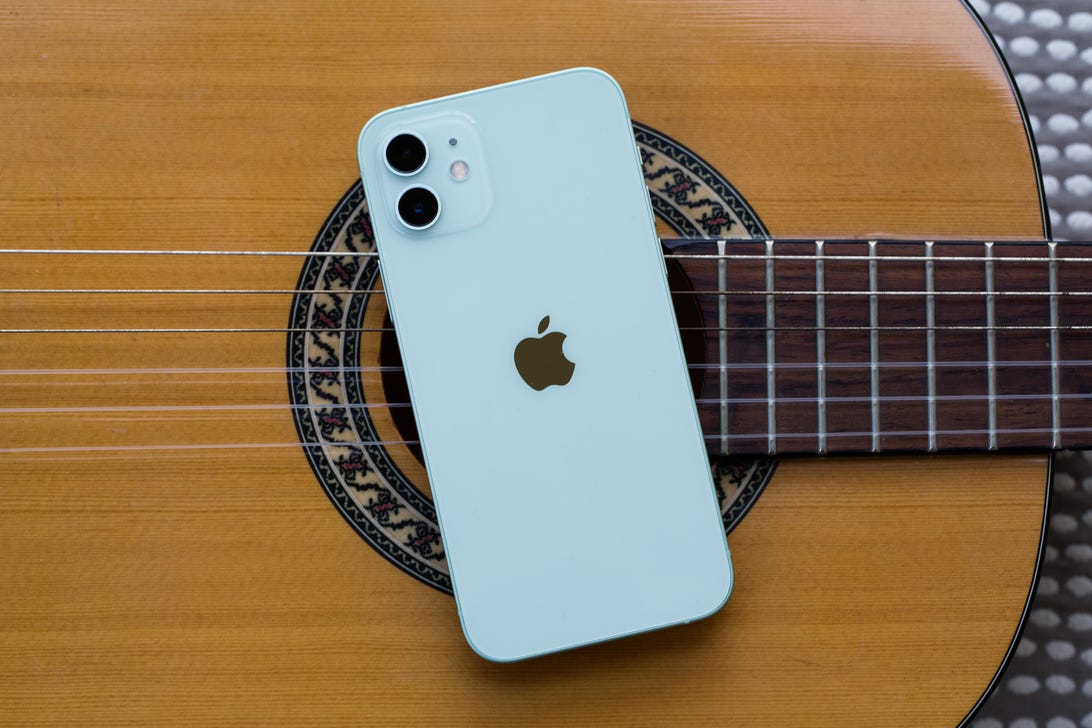Apple Music: Who can really enjoy "Lossless" quality and Dolby Atmos?

Apple Music
The interest of Lossless
After having dominated the market for the sale of dematerialized titles for a few years with its iTunes store, Apple now acts as a challenger to Spotify on audio streaming services. The confrontation is moreover as much on the commercial level as on the technical one. And in fact, Apple was not particularly strong against its competitor, especially because of the sound quality of its stored titles. The promise made yesterday by the Californian giant should make everyone agree since subscribers to its service will be able, at no additional cost, to access the quality “Lossless”, an English term which means “without losses” and which, in general , requires at least an absence of compression and a restitution with a sampling frequency of 44.1 Hz with a resolution of 16 bits. Equivalent to CD quality.Apple therefore offers to swap its old AAC compression codec for its proprietary ALAC (Apple Lossless Audio Codec) technology, on 75 million titles. To enjoy it, simply activate the option in the settings of your iPhone, iPad, Mac or Apple TV, and even choose the maximum resolution for each type of connection, Wi-Fi or cellular, up to 24 bits and 48 kHz. The high-resolution Lossless format, up to 24-bit and 192kHz, is also expected to make an appearance, without Apple having said whether it will be part of the basic subscription or not.
Equipment compatible with Lossless
Can you really take advantage of this technological breakthrough as soon as it starts up? Well not necessarily. Indeed, while all of the brand's devices will be able to receive streaming with this level of quality, the absence of loss to your ears ultimately depends on the type of broadcast you choose. Thus, owners of AirPods, Airpods 2, AirPods Pro and AirPods Max will see the audio quality more limited by the Bluetooth connection of their headphones or earphones, than by receiving streaming. This is because Apple's wireless audio products are at best limited to managing AAC and, unless an update corrects this flaw, they will not be able to handle the stream of a Lossless codec. In fact, Macs, iPhones, iPads and Apple TVs are not even capable of transmitting this stream over Bluetooth at this time.Buy AirPods Max headphones at € 629 on Amazon
In the end, only the broadcasting systems connected in analog on the mini-jack output, in digital on the HDMI and optical ports, and USB to an external sound card or DAC will take advantage of these lossless sources. Headphone enthusiasts will therefore have to resolve to stay wired for the moment.
Different treatment for Dolby Atmos
Dolby Atmos is also part of Apple's new offering, included in its subscription, and should benefit all users. Indeed, this virtual spatialization technology does not depend on the quality of the downstream flow. At the same time, it's hard to believe that this surround effect is truly expected by audiophiles, as it has so far failed to prove its worth. Still, this argument can still be heard by gamers and moviegoers, where Dolby Atmos has made a place for itself.To find out more:
Test of the AirPods Max headphones: Audiophile, nomad, but so Apple Versus - Apple AirPods Max, Bose 700: two high-end headphones compared
Apple Music, Amazon add high fidelity free. Spotify's is coming (and maybe soon)

Amazon Music Unlimited has free high-fidelity streaming, Apple Music will launch next month -- and Spotify's may be imminent.
Angela Lang/CNETApple Music subscribers will find that a big chunk of the catalog sounds better next month, and Amazon Music Unlimited members already have. We already knew Spotify was on track to add high-fidelity, lossless audio this year -- and that launch of hi-fi may be imminent.
Monday, Apple said its music services are adding support for high-quality, lossless and spatial audio through Dolby Atmos at no additional cost to its normal subscriptions starting in June. It will offer 20 million lossless audio songs to start, with 75 million available by the end of 2021.
Not to be outdone, Amazon also revealed Monday that it will make its high-quality streaming tier, known as Amazon Music HD, part of a standard Amazon Music Unlimited subscription at no extra cost, starting now. That includes 70 million lossless songs, along with a growing selection of tracks that support Dolby Atmos.
The dual announcements essentially mean Amazon is the first company to offer a $10-a-month high-fidelity streaming music service, with Apple Music rounding the bend next month. Spotify, the world's biggest streaming service by both listeners and subscribers, is planning to launch its own HiFi service sometime this year but hasn't specified the timing or the price.
Spotify's new hi-fi service may be imminent. A Spotify-focused Reddit board posted screenshots seeming to show a glitch in Spotify's iOS app that revealed HiFi branding and language explaining the high-fidelity service. Spotify didn't immediately respond to a message comment. Spotify didn't immediately respond to a message seeking comment.
Spotify's HiFi was expected to be competitively priced at $20 a month when the company announced its plans earlier this year. But Apple's and Amazon's decisions to make lossless quality a standard part of their $10-a-month subscriptions will put immense pressure on Spotify to follow suit if it hopes to stay competitive.
Though Apple and Amazon haven't specifically disclosed how many music subscribers they have recently, Apple is widely thought to be the service most closely competing with Spotify for dominance.
Apple defines songs in lossless audio as sounding the 'way the artists created them in the studio.' Apple describes spatial audio as giving 'artists the opportunity to create immersive audio experiences ... with true multidimensional sound and clarity.'
When lossless audio becomes available, Apple Music subscribers can try it out by updating to the latest version of Apple Music and going to Settings, Music, then Audio Quality. You can choose different resolutions for cellular and Wi-Fi connections, or just download the track. The lossless tier starts at CD quality, which uses 16-bit encoding at a 44.1kHz sampling frequency and goes up to 24 bits at 48kHz. It's playable natively on Apple devices. If you use external audio equipment, you choose levels up to 24 bits at 192kHz.
Apple said if you listen to Apple Music through AirPods or Beats headphones with an H1 or W1 chip, or through built-in speakers in the latest versions of iPhone, iPad and Mac, you'll automatically get the Dolby Atmos tracks. Albums that are available in Dolby Atmos will have a badge so you can track them down on the service.
High-quality audio faces real-world limits besides just hardware support, though. Humans generally can't hear pitches above a 20kHz frequency, which thanks to the laws of physics means that sampling frequencies above 44.1kHz don't improve sound quality, experts say.
Amazon said Monday that Amazon Music Unlimited members can now upgrade to Amazon Music HD at no extra cost in the US, UK, Germany, Canada, France, Italy and Spain. Its Amazon Music HD level can stream at CD quality, with a bit depth of 16 bits and a sample rate of 44.1kHz. Customers can also stream more than 7 million songs in a quality above CD -- what Amazon calls Ultra HD -- with a bit depth of 24 bits and a sample rate up to 192 kHz. And for spatial audio, Amazon said it has a growing library of songs remixed in 3D Audio formats such as Dolby Atmos and Sony 360RA.
Amazon Music Unlimited's individual plan is $8 a month for Prime members and $10 a month for everyone else. Its Family Plan, at $15 a month, can also be upgraded to the higher-quality audio at no extra cost. Previously, Amazon Music HD tier was an additional $5 a month; people currently paying the higher price will see that price drop down in their next billing cycle.
CNET Now
If you subscribe to only one CNET newsletter, this is it. Get editors' top picks of the day's most interesting reviews, news stories and videos.
See also: Best music streaming service for 2021
Now playing: Watch this: Spotify CEO talks expansion, reaching 1 billion users
2:20